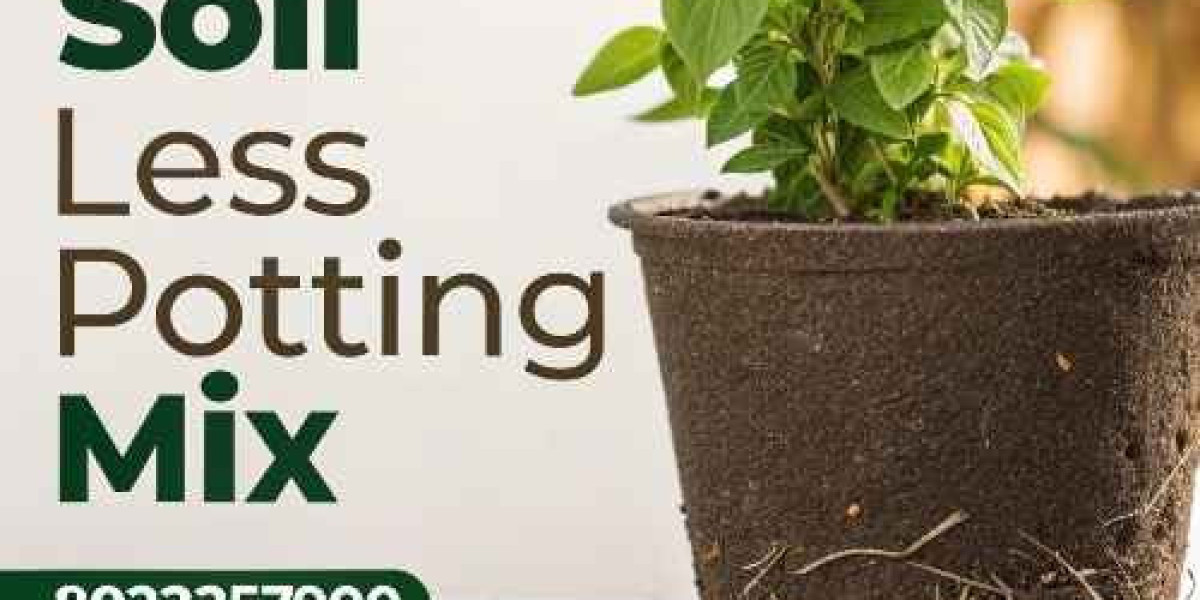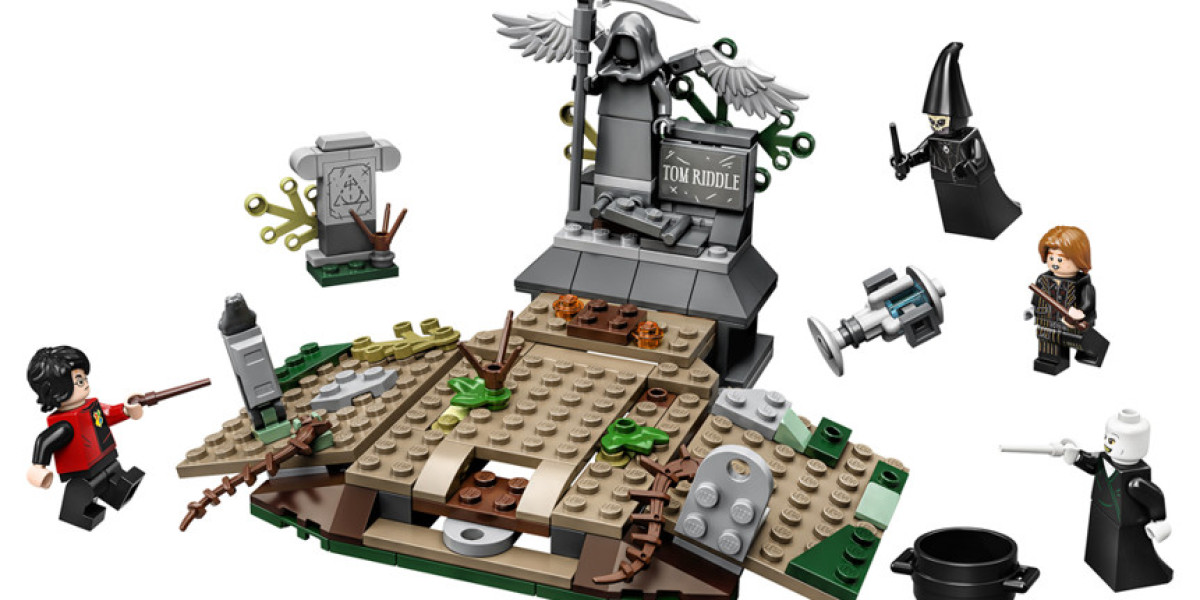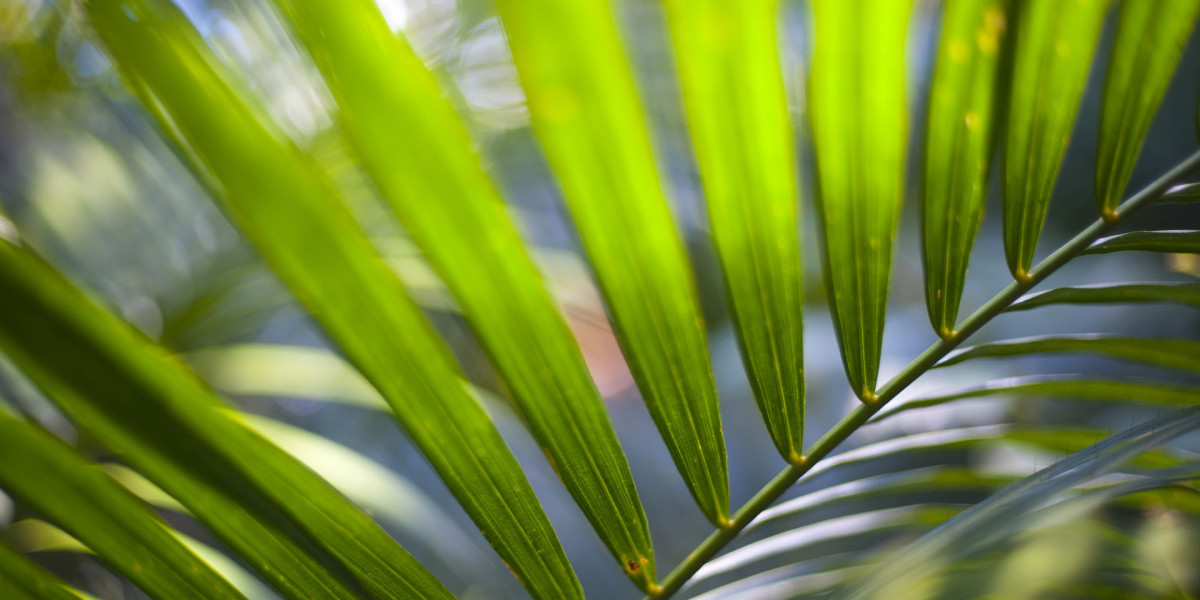Gardening has evolved beyond traditional soil-based cultivation. In recent years, the demand for the best soil less potting mix has surged among hobbyists, urban gardeners, and professional growers. This shift is driven by the need for cleaner, more efficient, and more sustainable growing methods that support plant health while minimizing disease and pest risks.
In this detailed guide, we’ll explore what makes soil less potting mixes so effective, what ingredients create the perfect blend, and how you can use them to enhance your gardening success—whether indoors, outdoors, or in greenhouses.
Understanding Soil Less Potting Mix
A soil less potting mix is a specially formulated medium designed to replace natural soil. It’s a combination of lightweight, organic, and inorganic materials that provide plants with the ideal environment for root development, moisture retention, and nutrient absorption.
Unlike traditional soil, a soil less mix is sterile and free from pests, weed seeds, and diseases. It’s perfect for container gardening, hydroponics, and seed starting. The primary purpose is to create a balanced environment that gives plants consistent access to air, water, and nutrients without the challenges that come with soil compaction or poor drainage.
Key Components of the Best Soil Less Potting Mix
Crafting the best mix requires a careful balance of ingredients. Each component serves a unique purpose in supporting plant health and growth.
1. Cocopeat
Cocopeat, or coir pith, is derived from coconut husks. It’s excellent for moisture retention and aeration. This eco-friendly component helps maintain humidity levels around the roots and promotes steady water supply, making it an essential base for most soilless mixes.
2. Perlite
Perlite is a natural volcanic glass that expands when heated. It improves aeration and drainage, preventing waterlogging and ensuring roots get enough oxygen. It’s especially useful for potted plants that need well-drained growing conditions.
3. Vermiculite
Vermiculite enhances water-holding capacity and provides essential minerals like magnesium and potassium. It’s great for seedlings and transplants as it encourages root development and ensures consistent moisture.
4. Peat Moss
Peat moss is widely used for its water-retentive and lightweight nature. It helps create a fluffy texture in the potting mix, which is perfect for aeration and nutrient retention. Although some gardeners prefer cocopeat as an eco-friendly alternative, peat moss remains popular in many blends.
5. Compost or Organic Matter
Adding a small amount of compost or organic matter introduces beneficial microbes and slow-release nutrients. It also improves the overall texture and fertility of the mix.
Benefits of Using a Soil Less Potting Mix
Switching to a soil less medium offers a variety of benefits that directly enhance plant performance and reduce maintenance effort.
1. Excellent Aeration
Roots need oxygen to thrive. Soil less mixes are designed to prevent compaction and maintain airflow around roots, ensuring optimal respiration and nutrient uptake.
2. Superior Drainage
Unlike traditional garden soil, these mixes drain excess water efficiently, preventing root rot and fungal growth—two of the most common issues in potted plants.
3. Disease and Pest Resistance
Since soil less media are sterile, they significantly reduce the risk of soil-borne pathogens, nematodes, and pests. This makes them ideal for indoor or greenhouse cultivation.
4. Lightweight and Easy to Handle
These mixes are much lighter than natural soil, making them easier to transport, pot, and repot. This feature is particularly useful for urban gardeners and balcony planters.
5. Consistent Quality
Natural soil can vary widely depending on location and environmental conditions. Soil less potting mixes, however, offer uniformity and predictable results for every plant variety.
6. Enhanced Root Growth
The texture and composition promote healthy root systems. Plants grow stronger and establish faster, which directly contributes to better flowering and fruiting.
Applications of Soil Less Potting Mix
The versatility of soil less potting mix makes it suitable for a wide range of applications across gardening and agriculture.
1. Container Gardening
Perfect for pots, planters, and balcony gardens. The mix ensures efficient drainage and keeps roots aerated.
2. Indoor Plants
Houseplants thrive in soil less media as it reduces mess, prevents odor, and minimizes pest issues.
3. Seed Starting
Because it’s sterile, this medium creates the ideal environment for germination without the threat of diseases.
4. Hydroponics and Vertical Gardens
Soil less mixes form the backbone of hydroponic systems where plants grow using nutrient-rich water solutions. The lightweight and porous nature of the mix ensures stability and water absorption.
5. Nurseries and Greenhouses
Commercial growers and nurseries prefer soil less media for consistent growth results, faster propagation, and healthier transplants.
How to Choose the Best Soil Less Potting Mix
Choosing the right mix depends on your plant type and growing conditions. Here’s what to look for:
- Texture: A light, fluffy texture indicates good aeration and drainage.
- Water Retention: Look for ingredients like cocopeat or peat moss for moisture retention.
- Nutrient Balance: Ensure the mix contains or supports added nutrients for sustained growth.
- pH Balance: Most plants prefer a slightly acidic to neutral pH (between 5.5 and 7.0).
- Additives: Check for added fertilizers or beneficial microbes to enhance growth potential.
DIY Soil Less Potting Mix Recipe
If you prefer to make your own mix, here’s a simple recipe for a balanced, versatile blend:
- 40% Cocopeat or Peat Moss (for moisture retention)
- 30% Perlite (for aeration and drainage)
- 20% Vermiculite (for water retention and nutrients)
- 10% Compost or Organic Matter (for natural fertility)
Mix thoroughly, moisten slightly before use, and your soil less medium is ready for potting.
Tips for Using Soil Less Potting Mix Effectively
- Avoid Overwatering: These mixes retain moisture efficiently, so water only when the top layer feels dry.
- Add Fertilizer: Since most soil less blends are low in nutrients, supplement with liquid fertilizer every few weeks.
- Check pH Levels: Maintain optimal pH to ensure nutrient availability.
- Reuse Wisely: You can reuse the mix after sterilizing it by sun drying or steaming.
Why Gardeners Prefer Soil Less Potting Mix Today
Urbanization has reduced access to natural soil spaces. Modern gardeners need alternatives that are clean, lightweight, and efficient. The best soil less potting mix fulfills these requirements by providing a superior growing medium that enhances plant health, reduces maintenance, and supports sustainable gardening practices.
Brands like Keltech Energies are contributing to this shift by providing high-quality horticultural products that help gardeners, landscapers, and farmers achieve consistent, thriving results without the challenges of traditional soil cultivation.
Conclusion
The best soil less potting mix offers the perfect combination of aeration, drainage, and moisture retention to support plant growth in any environment. Whether you are cultivating ornamental plants, herbs, or vegetables, this innovative medium ensures optimal conditions for every stage of development.
Adopting soil less gardening not only makes cultivation easier but also aligns with sustainable and eco-friendly practices. By using the right mix and maintaining proper care, you can enjoy lush, vibrant plants that thrive year-round—regardless of space or location.








